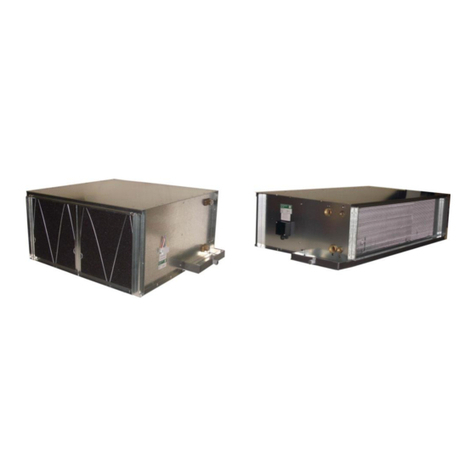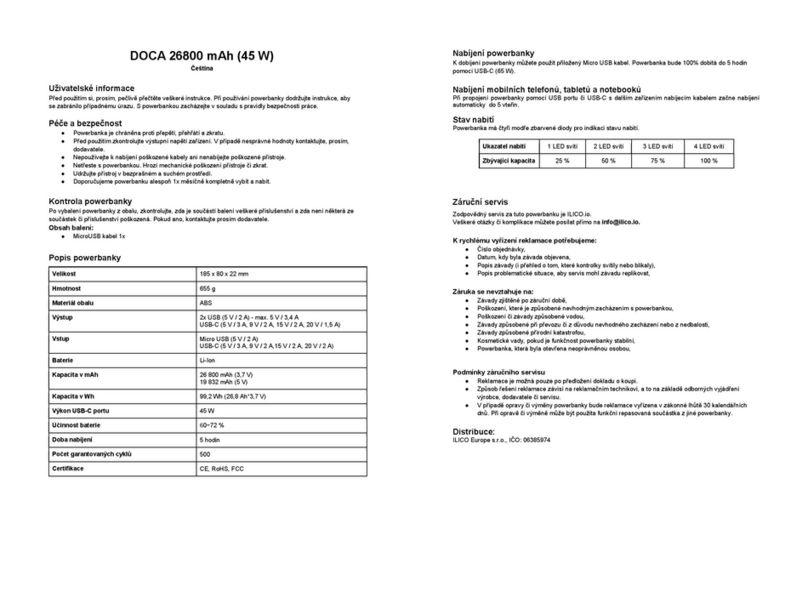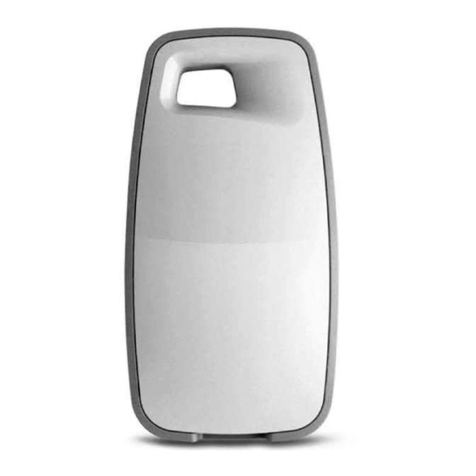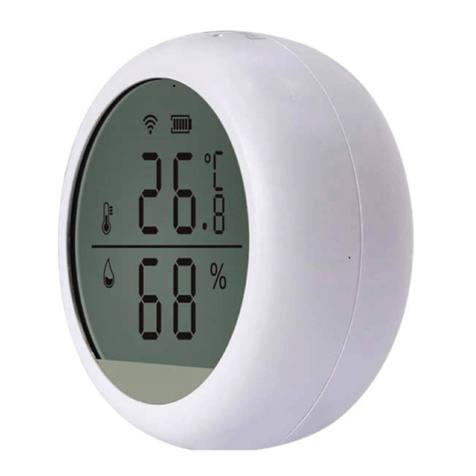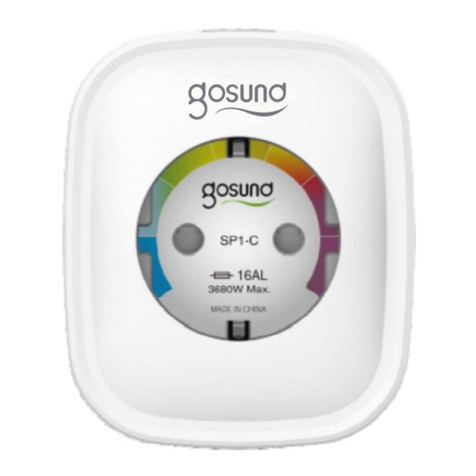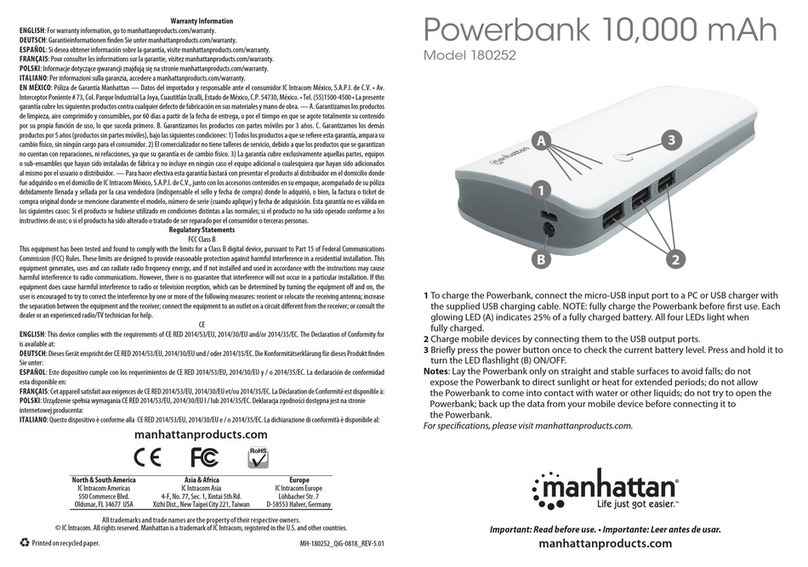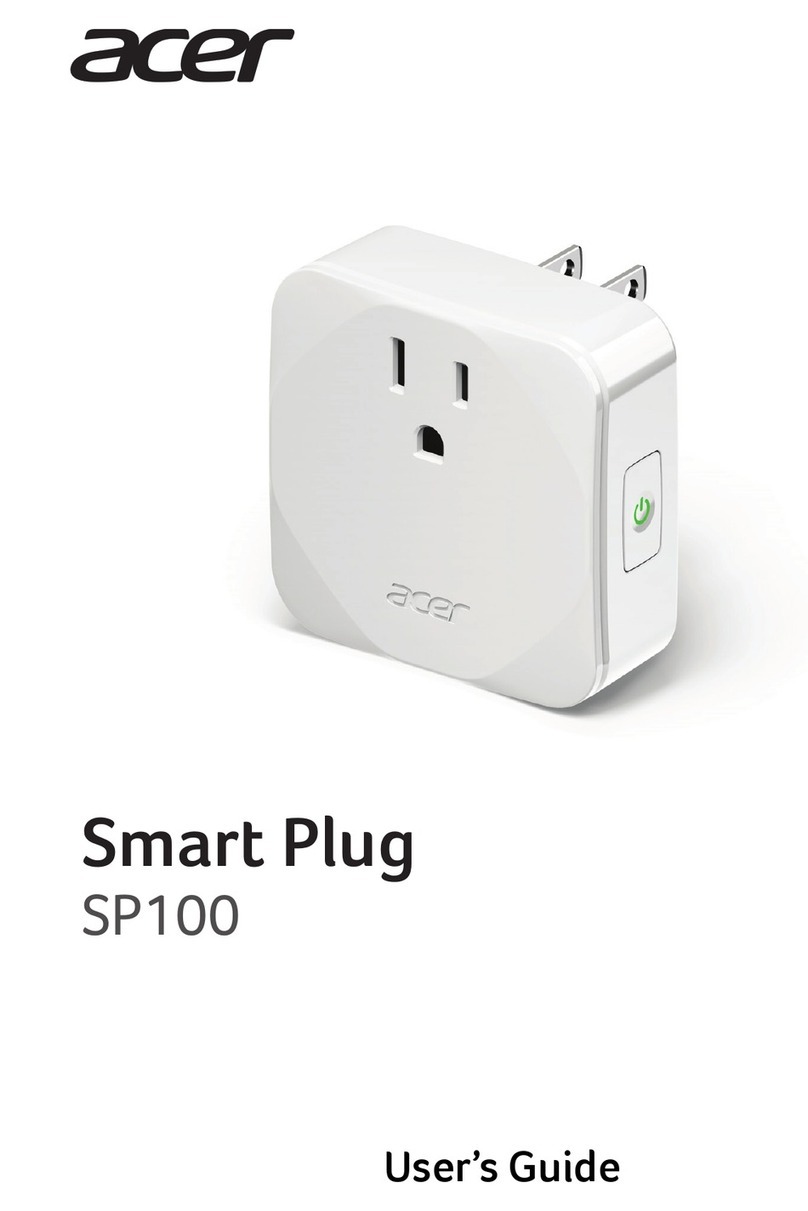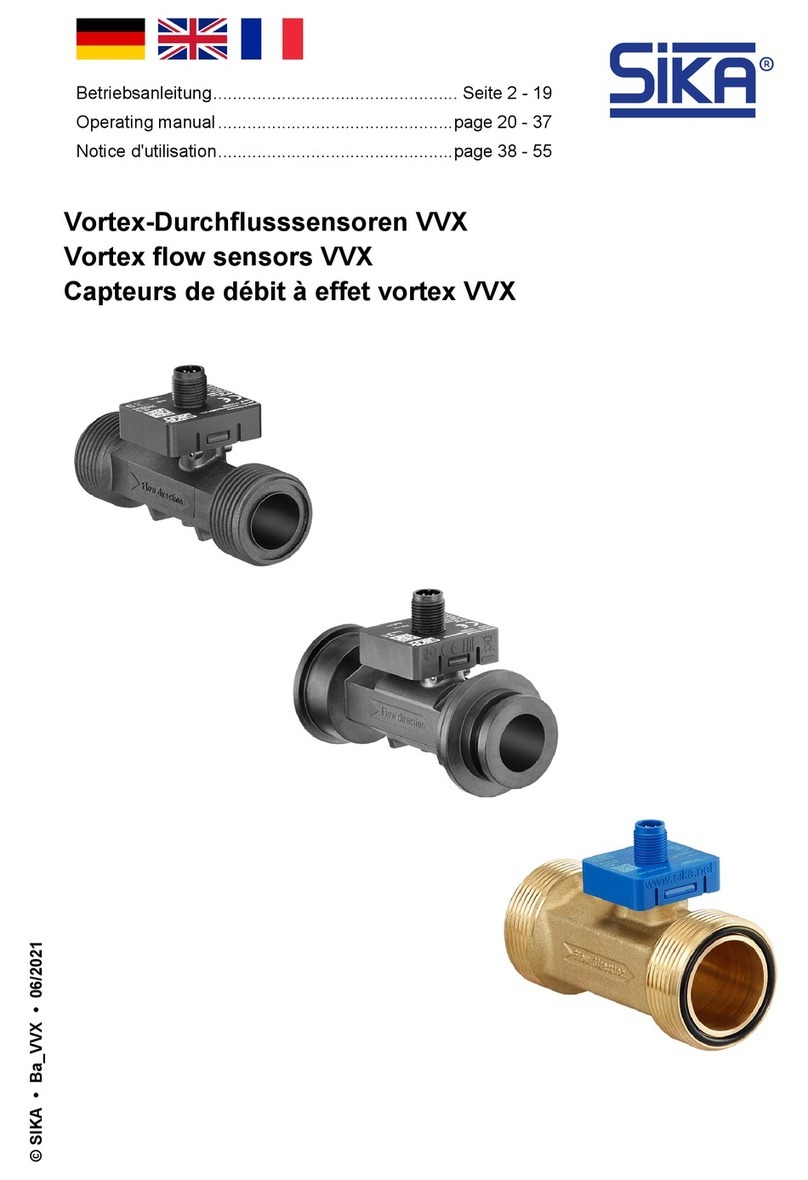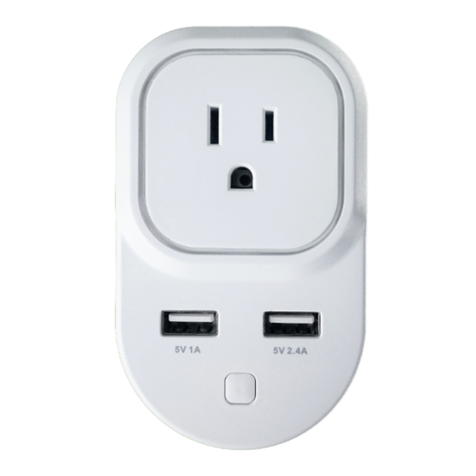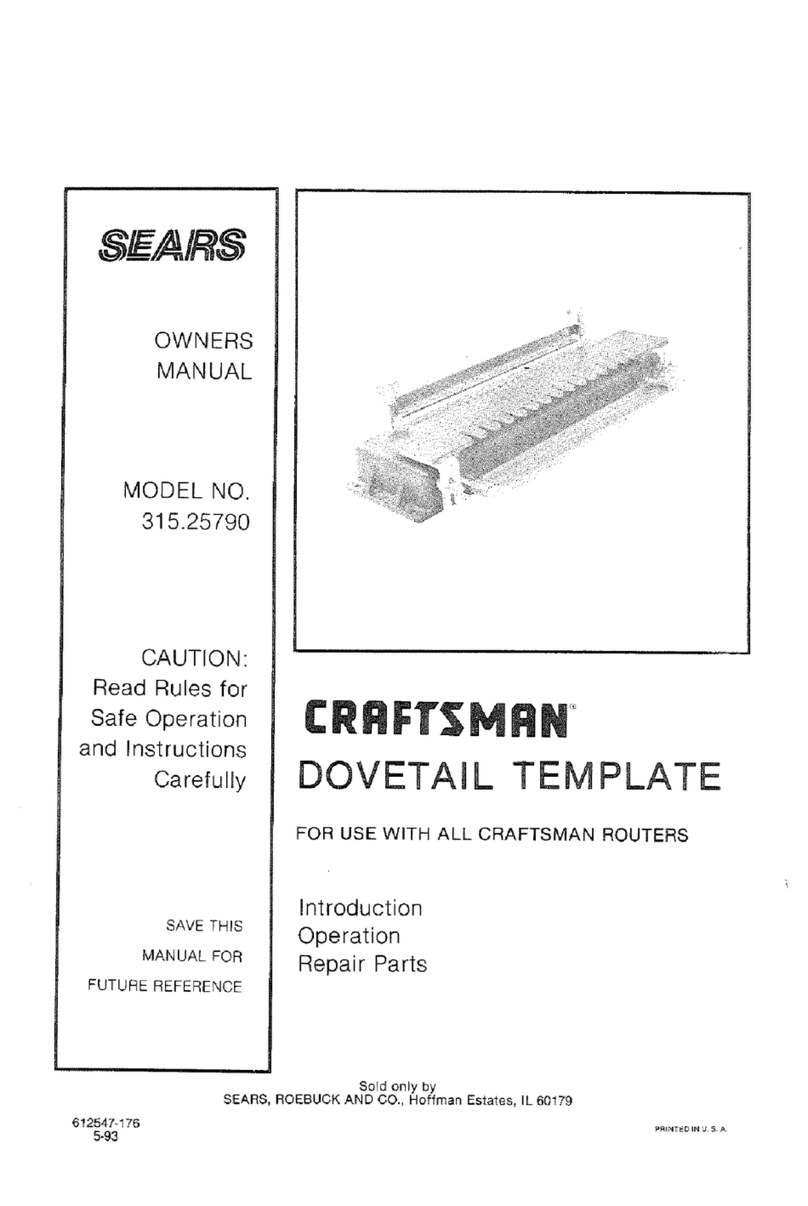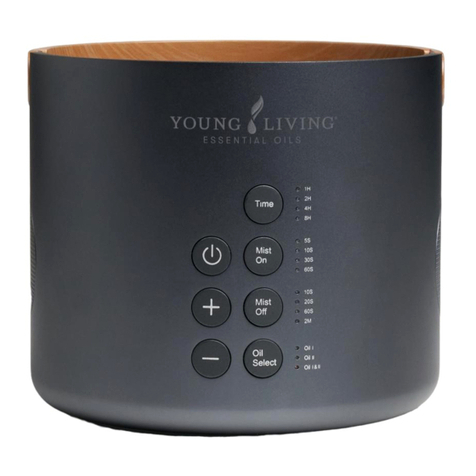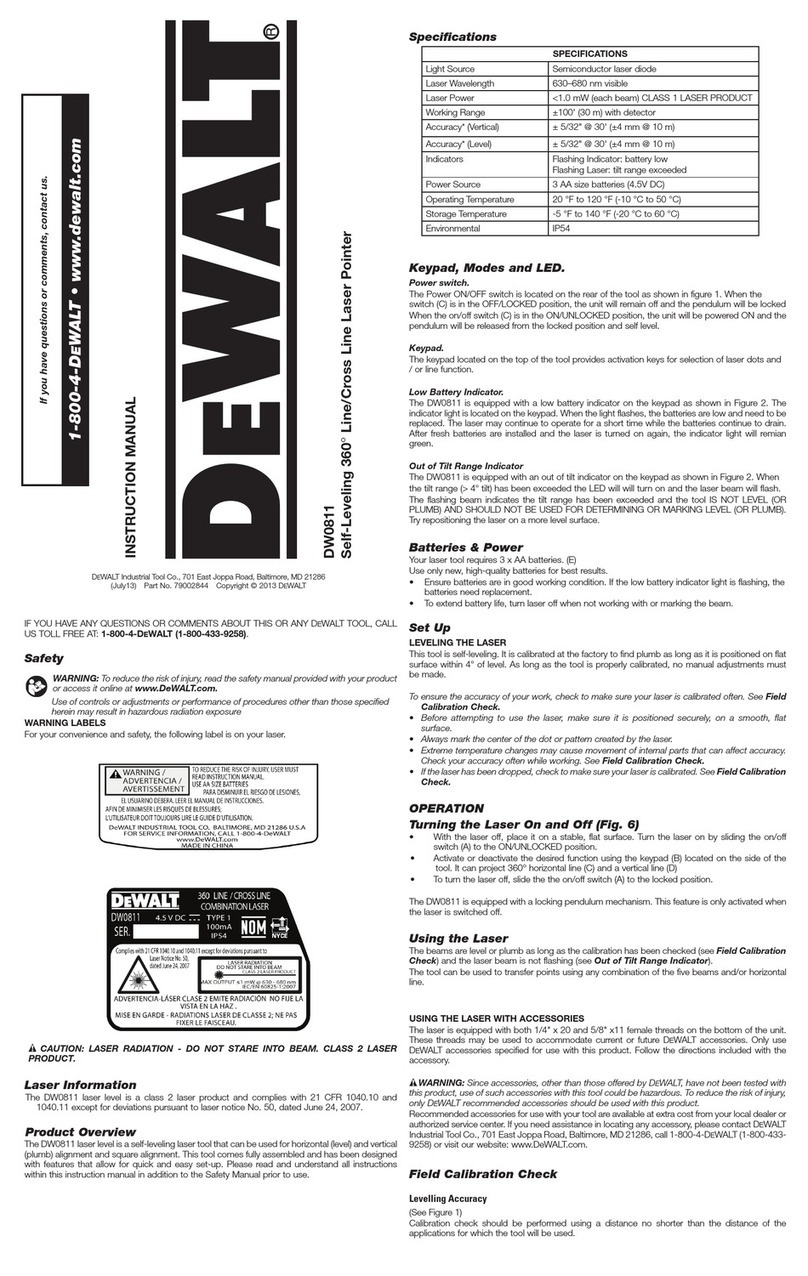Stulz Tecnivel EV User manual

AXIAL DRY-COOLERS SERIES EV/EVI
1. MANUFACTURER'S DATA
Corporate Name
Adress
St. Carabaña 25C - 28295 - Alcorcón - Madrid -
ESPAÑA
Telephone +34 91 517 83 20
E-mail [email protected]
STULZ TECNIVEL, S.L. St. Ponferrada 30 - 28947- Fuenlabrada -
Madrid - ESPAÑA
Contact information
2. INTRODUCTION
By means of this document, is intended to synthesize all the necessary information to install, use
and maintain in perfect conditions the axial dry-coolers of the EV and EVI series, manufactured by
STULZ TECNIVEL, S.L.
The axial dry-coolers are equipment that are part of an installation and is forbidden the
commissioning of the unit until the whole installation fulfills with all applicable regulations and
directives.
3. TRANSPORTATION AND INSTALLATION INSTRUCTIONS
3.1 TRANSPORTATION
Note: Do not drag the unit. For its displacement, it is lifted with devices provided for this purpose.
3.2 ANCHORAGE
All models provide anchor holes Ø14 mm, so they will be used for the attachment.
Units include fans that are static and dynamic balance so is no needed an extra isolation.
It is important that the dry-coolers once installed are perfectly level, so it is recommended to use a
system that corrects the level deviations that may exist. In any case it is recommended to place a
rubber mat to absorb vibrations.
3.3 CONNECTION TO THE HIDRAULIC SUPPLY
Connect the unit to the hydraulic water supply, respecting the diameters of the connections of the
installation, so as to avoid possible pressure drops that reduce the performance of the same. The
standard design is made with countercurrent flows between water and air. Therefore, the entry must
be made by A and the exit by B. See the following figure.
Note: STULZ TECNIVEL, S.L. is not responsible for any damage that may be caused by the
freezing of water inside the heat exchanger. This can be caused by the non-application of (glycol)
antifreeze fluid in the proper proportions or any other system that guarantees the non-freezing of the
water contained in the circuit.
Neither is responsible for the use of fluids other than those provided. It is particularly important to
take this recommendation into account at the time of performing the hydraulic tests prior to
commissioning.
3.4 CONNECTION TO THE ELECTRIC SUPPLY.
Make sure that the voltage and frequency of the power supply network matches that indicated on
the rating plate.
For those units that are not delivered connected: Remove the cover of the motor terminal box and
connect directly to the terminals, also connecting the grounding wire the terminals of the thermal
protector that will be inserted in the control circuit from the motor coil of the contactor. Tighten the
terminal screws and pull lightly on the plugged cables to ensure that they are firmly secured, and
replace the motor terminal box cover.
4. INSTRUCTIONS FOR THE COMMISSIONING
Once the installation has been done and its cleaned, verify that there are no leaks in the fluid circuit
and the water charge ,it should be checked that the fans rotate in the correct direction, aspirating
from the coils (or driving through it in case of going on impulsion). Otherwise permute two phases,
then the unit will be ready to operate.
5. MAINTENANCE INSTRUCTIONS
The motors incorporate bearings with permanent lubrication, so the maintenance will be reduced to
the cleaning of the coils and fan blades, which will be carried out with a frequency that can change
with the fouling rate.
For cleaning, can be use pressurized air or water with detergent then rinsing with clean water. The
direction of the jet (air or water) must be parallel to the air flow. Leaning the jet can damage the
exchanger fins.
In case a coil result damaged, this could be substituted by one for replacement. For this operation, it
is recommended to proceed in an area with the available space that allows it removal. In case the
equipment is part of a system it is recommended it separation from it, for it later handling. For it
substitution, it will be needed to dismantle the coil frame panel, the coil will be hold by chains or
other auxiliary element, then remove the fixing screws that join the coil to the structure. Afterward
remove one of the frontal panels, to access to the interior of the unit so as to remove the internal
fixation.
B
A
B

AXIAL DRY-COOLERS SERIES EV/EVI
6. STANDARD OPERATING AND LIMIT CONDITIONS
Performance conditions in which neither temperature nor humidity are extreme are considered
normal, as well as environments free of agents that attack materials, such as in saline, excessively
dusty environments, etc.
In installations where the voltage differs from the rated voltage for which the unit is designed, it is
not guaranteed that the engine will maintain the conditions for which it was selected, and it is
understood that there is a danger of burning it.
The dry-coolers will be used with the percentage of antifreeze (glycol) for those that have been
manufactured and in compatible environments with the constituent materials of the units
The working conditions will be those foreseen in the design of the unit, the working fluid pressure
won’t rise more than 8 kg/cm2, for different conditions consult the manufacturer.
7. RISK SITUATIONS
Axial fans in operation constitute a risk, since they rotate at high speeds, so the manipulation of the
Unit with the fans running is forbidden.
There is also a burn hazard if the water inlet header is touched.
8. ELIMINATION OR REDUCTION OF RISK
Before carrying out any intervention on the unit, the unit shall be consigned.
The fan incorporates a protection grille. However, to prevent the fan from being a hazard, a
prudential time of waiting will be expected, before it stops before handling the unit.
In any case, the intervention of a professional will be required to avoid unnecessary risks.
The staff that operates into contact with the unit will be provided with gloves as a means of
protection against possible cuts that may occur.
9. RESIDUAL RISK
When single-phase motors are used that incorporate an electric capacitor, it remains electrically
charged, so incorrect handling could cause its discharge and cause damage to the operator.
Never operate the unit without it previous disconnection from all sources of energy.
Installation guide
AXIAL DRY-COOLERS
EV and EVI
INDEX
1. MANUFACTURER´S DATA
2. INTRODUCTION
3. TRANSPORTATION AND INSTALLATION INSTRUCTIONS
3.1 TRANSPORTATION
3.2 ANCHORAGE
3.3 CONNECTION TO THE HIDRAULIC SUPPLY
3.4 CONNECTION TO THE ELECTRIC SUPPLY
4. INSTRUCTIONS FOR THE COMMISSIONING
5. MAINTENANCE INSTRUCTION
6. NORMAL CONDITIONS OF USE AND LIMITS
7. RISK SITUATIONS
8. ELIMINATION OR REDUCTION OF RISK
9. RESIDUAL RISK
This document is property of STULZ TECNIVEL, S.L., not being allowed its total or partial
reproduction without a prior express consent.
Rev 00.0
26/04/2018
This manual suits for next models
1
Other Stulz Tecnivel Accessories manuals
